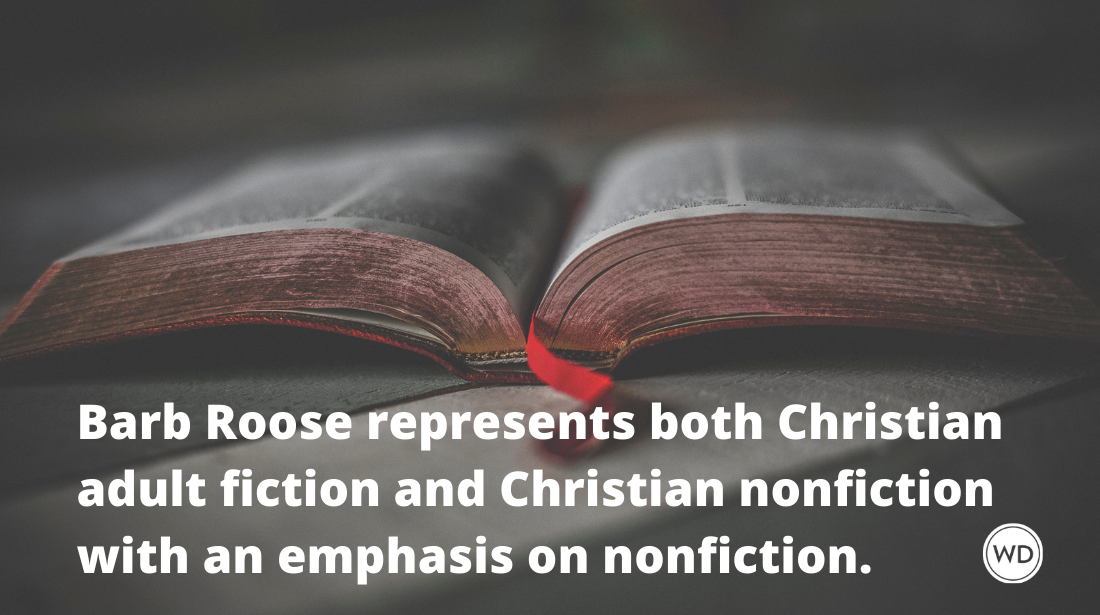3 Tips For a Better First Revision
The first revision is probably the most important factor in sculpting your novel. One of my favorite quotes to express this idea is by Shannon Hale who wrote: “I’m writing a first draft and reminding myself that I’m simply shoveling sand into a box so that later I can build castles.” The first revision is the building of those sand castles.
The first revision is probably the most important factor in sculpting your novel. One of my favorite quotes to express this idea is by Shannon Hale who wrote: “I'm writing a first draft and reminding myself that I'm simply shoveling sand into a box so that later I can build castles.” The first revision is the building of those sand castles. There are numerous tips to a successful rewrite, but I’ve found three that I’ve put at the top of my list to make my novel better.
Conflict check.
On my rewrite, I first do a conflict check. Kurt Vonnegut once wrote that every character in a scene should want something, even if it’s only a drink of water. On my first draft, I will usually focus on the main plot point of the scene. In doing so, I miss opportunities to add tension, great and small, to a chapter. On the rewrite, I ask myself: what does every character in that scene want, and what obstacles are standing in his or her way.
-- --
Order a copy of The Life We Bury by Allen Eskens today.
I have an equation taped to my computer; it reads: “The greater the want + the greater the obstacle = greater conflict. Conflict = suspense.”
Suspense is a state of mental uncertainty. Readers have a need to resolve that uncertainty and will forge ahead to find resolution. Adding more tension and conflict creates page-turning prose. Rarely does my first draft take advantage of all of the opportunities for tension and conflict.
Transitions.
Another aspect of a first draft that I skimp on is my transition from one scene to another. In the haste to get the first draft on paper, I tend to jump abruptly from one plot point to the next. During the rewrite, I remind myself that transition paragraphs need to do more than move the reader from plot point to plot point. They should be eloquent and have a weight of their own.
Reading a novel is like kayaking down a river. Sometimes you shoot through rapids, bound up in the excitement of the action. Other times you float along admiring the beauty of the hills and wildlife. The pace of a novel is the balance between those two competing forces (between plot and scene). As I revise, I ask myself, do I want this paragraph to float through the valley or dive over rapids? If I am floating, I spend time on it, maybe go off on a tangent that deepens the character or enriches the scene. If I am heading for rapids, my focus should be on a shorter transition.
This is an opportunity to show your writing skill. The transition doesn’t have to be long, but it should be fresh. Take for example, the opening line from chapter four of The Bell Jar by Sylvia Plath. She writes, “At seven the next morning the telephone rang. Slowly I swam up from the bottom of a black sleep.” A simple transition, beautifully written. In a first draft she might have written: “the phone woke me up at seven the next morning.” The small addition of “I swam up from the bottom of a black sleep” turns it from a standard transition to something enjoyable to read.
The “was” edit.
The third thing I include in my first revision is what I call my “was” edit. I use my word-find function to locate every time I used the word “was.” On my first draft, I tend to be lazy and describe things using “was.” “He was taller than me.” “She was standing on the porch, waiting for him.” These are passive voice, and they violate the “show, don’t tell” rule. But in the haste of the first draft, I will type “was” and move on.
In the rewrite, I revisit each time I use the word “was” and ask myself if there’s a better way to write the sentence. It could be as simple as changing “he was taller than me” to “he stood three inches taller than me.” Or it could be more elaborate, like changing “She was standing on the porch, waiting for him” to “She found herself pacing back and forth across the same porch planks that her mother walked thirty years earlier, waiting for a man to return from the war.” I could go even further and write a tangent about the mother that gives the reader insight into the daughter’s character. But, then again, sometimes “was” fits just right and no change is needed. At least by doing a “was” edit, I’ve forced myself to examine my choice.
There are so many other considerations to a first revision, and every writer should have their own method, but these three tips have helped me in my writing.
Allen Eskens is the author of THE LIFE WE BURY (Seventh Street Books Oct. 2014), a debut thriller that Publishers Weekly called a "masterful debut" in a starred review. Allen has been a criminal defense attorney for twenty years. He honed his creative writing skills through the MFA program at Minnesota State University as well as classes at the Iowa Summer Writing Festival and the Loft Literary Center in Minneapolis. He is a member of the Twin Cities Sisters in Crime. Find him on Twitter.






